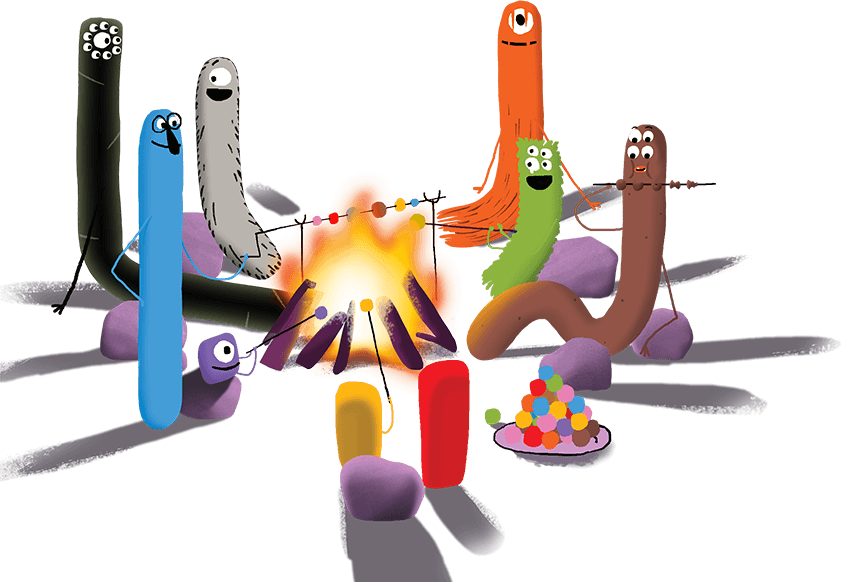The “A-ha moment”. Your students have deeply learned that new piece of knowledge, because they’ve discovered it on their own. This impressive form of learning is called discovery or experimentation learning. But what exactly is discovery learning? And why is it so important in the math classroom?
According to learning theorist J. Bruner, discovery learning allows the student to draw on existing knowledge in order to solve the problem at hand. This experimental process leads to learning new information at a deeper level than passive learning.
However, this is just one of the many benefits of learning through discovery. Let us take you through the 5 core benefits of this highly effective method of learning.
Engagement
Children are inherently curious. They learn through their experiences, solving mathematical operations by drawing on previous knowledge. As you advance towards teaching more complex mathematical material, engage your students in math talks. Instead of solving equations on the board, and giving students the answer, have them talk through their process as they solve mathematical operations.
Better yet, make math social! Researchers at the University of Washington have found that making math social increases engagement and motivation when completing mathematical tasks and assignments. However, when working in groups, the risk of a single student dominating the discussion can’t be taken for granted. Using a pedagogical approach called “complex instruction” can both rectify this unequal experience, and ensure your classroom receives the rewards of group work. To read more about implementing “complex instruction” in your classroom, click here.
Motivation
When your students are engaged, they become motivated to learn. A curiosity and motivation for math develops through this hands-on, discovery method of learning. It’s no longer just the learning of math facts. When you engage your students in “math talk”, or ask questions while solving operations on the board, students begin to make connections in their heads.
When engaging in math talks, focus on thought process instead of on the right answer. Encouraging students to share their ideas about mathematics requires your support as a teacher. And while you awesome teachers are supporting your students’ math motivation, why not inspire them with some stories of the great achievements that have come from mathematics.
Independence
Discovery learning promotes autonomy and independence. As your students actively engage in the math, and progress through the curriculum, they are doing so at their own pace. The autonomy of discovery learning allows your students to progress only when ready. This keeps them further engaged, as well as encouraged. They are responsible for their own progress, and move forward only when mastering each level. Even when working in groups, or engaging in math talks, students must first think independently and creatively to engage in problem-solving.
Retention
This high level of engagement leads to a much deeper understanding than passively listening to explanations. Through discovery and experimentation learning, levels of retention are exceedingly high.
Discovery learning emphasizes the importance of problem-solving, over the mere memorization of facts.
Rather than merely memorizing the correct answer, students learn to interpret and analyze new information. This method of learning is especially effective when applied to mathematics – it's the basis for building a strong “number sense”.
Number sense is an intuitive understanding of what numbers are, how they work, and what you can do with them. Without this number flexibility, it is very difficult for students to move onto more complex mathematics. Learning through discovery allows students to see how number composition works, and gives them the fluidity they need to master basic mathematics.
Life-long Results
Learning through discovery isn’t about your students absorbing what is said or read to your them. When applied to mathematics, this form of learning supports a strong number sense, and problem-solving abilities. Discovery learning is about actively searching for solutions: a skill your students will be able to use throughout their lives.
Learning through discovery and experimentation is essential for developing your students’ curiosity in mathematics, as well as building a solid foundation for future math endeavors. Now teachers, go continue to create rising math stars. ⭐️
To know more!
See the latest news from the blog.
Get the Latest Apps & News!





